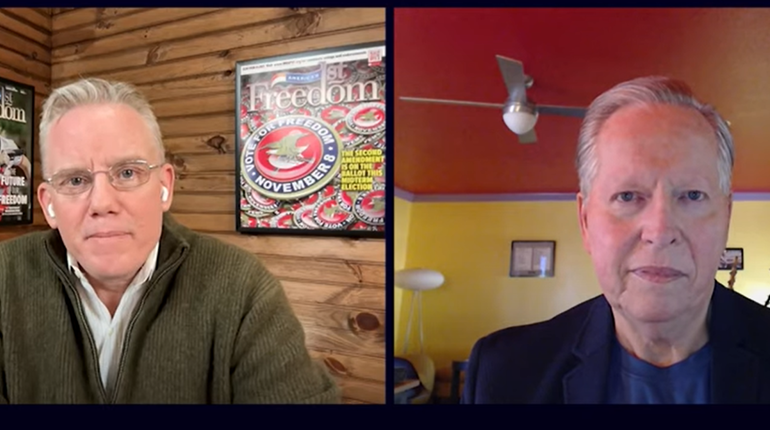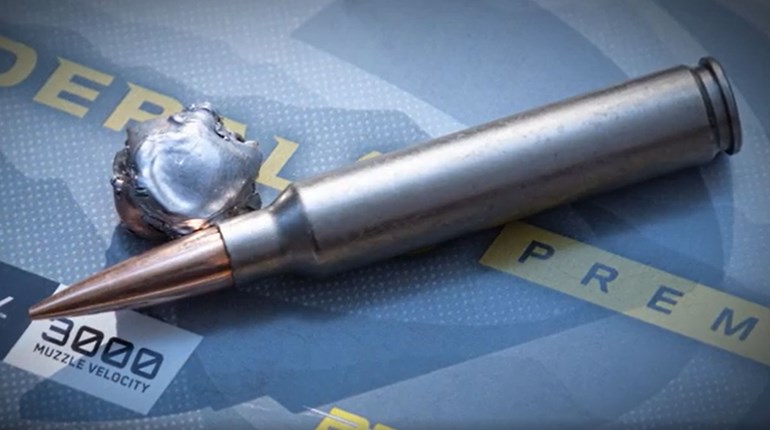
Tucked into the cultural divides separating a diverse European Union (EU) from a starkly different diversity in the U.S. are little scenes like this.
While walking between aisles of CNC machines in CZ’s manufacturing facility in Uherský Brod, Czech Republic, last October, I casually asked the Czech employee guiding us along the manufacturing line of its new and excellent CZ 600 series of bolt-action rifles whether Czech citizens can own and carry handguns.
“Not more than two at a time,” he said with a shrug.
“I don’t understand,” I said, stopping him next to a humming CNC machine.
“The answer is yes, but the law says I can’t carry more than two handguns at the same time,” he said with a proud look in his eyes.
Europe can be a strange place to an American gun owner, but this almost felt normal.
From a macro perspective, the EU, which many people think of as Europe, has a population of 447 million people, whereas the U.S. has a population of about 328 million people. The EU encompasses an area of 1,634,472 square miles, which is about half the size of the United States’ 3,794,080 square miles. The EU is made up of 27 countries and the U.S., of course, has 50 states. In the EU, layers of bureaucracy radiate from Brussels. Here in the U.S., some politicians in Washington, D.C., would like the same power over you that Brussels’ bureaucrats have. The EU’s residents have the “Charter of Fundamental Rights of the European Union,” but this long document is no U.S. Bill of Rights. The EU’s list is basically a list of positive rights that empowers the bureaucracy to bequeath things to the people. In the U.S., we have “negative liberties” that restrict government from infringing on our liberty—one of which is the Second Amendment.
But with all that simply said—and there is a lot more to it—the EU isn’t all French-style restrictions on gun ownership and carry. There is some diversity, particularly in Eastern Europe. So then, an open question is, as Europeans see Ukrainian citizens picking up rifles to defend their lives and liberty from Russian troops, will more Europeans come to the conclusion this is a right every law-abiding person needs to become and to remain free?
Cultures, particularly today, are rarely static things. They do change. A good part of the reason America still has a robust Second Amendment today—and is even experiencing a renaissance of sorts with the use of this right—is because of this association and the many laws that were beaten and changed, as well as court cases won, in particular since the founding of the NRA Institute for Legislative Action in 1975.
This is a big question we’re touching on in this issue with a feature from a war correspondent reporting from Kyiv, Ukraine. We’ll continue this important exploration with European voices in coming issues.
For now, it’s worth noting that freedom resonates most vividly when someone is trying to take it away. Many American gun and ammunition companies have donated to the Ukrainian fight for freedom, as have many Americans and others around the world. All of this bodes well for our freedom. But this realization must also stoke discussions about laws that too often prevent or discourage good, law-abiding citizens from exercising this right.


































